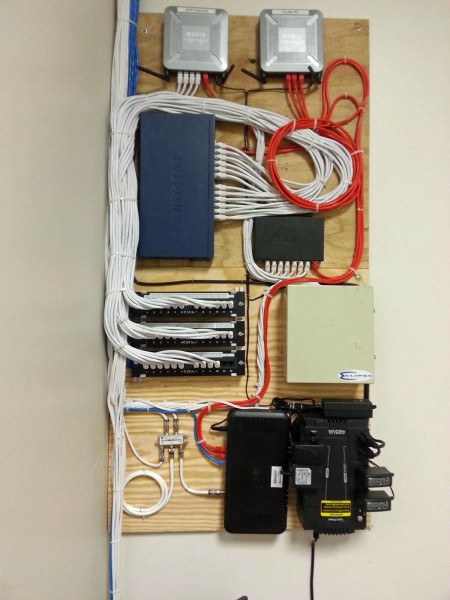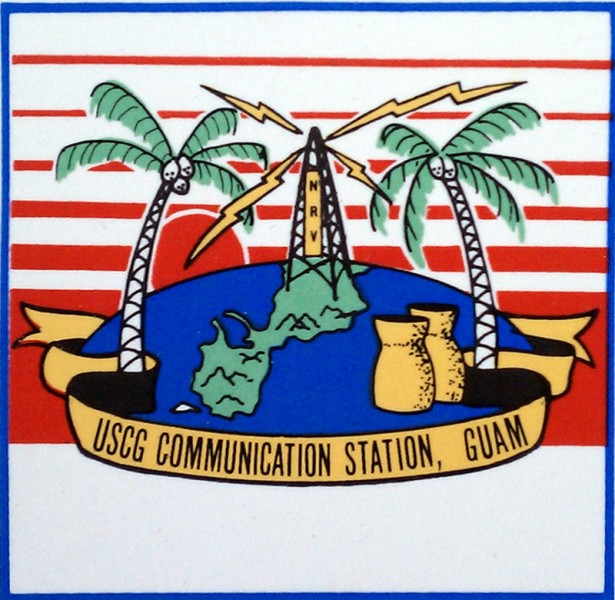Some guy posted this picture on Reddit:

In the comments, he gets blasted for being too neat and using wire ties. I know a lot of IT guys that are not very neat with their work and document nothing. This is a big problem in the industry and does not, contrary to popular belief, promote job security. I have walked into some very messy situations in wiring closets and rack rooms over the years. My solution is always the same; run some temporary wires for critical machines/functions, then get out the big wire cutters and start chopping.






Agreed, IT industry needs to read the specifications of the cable and ties and see there is a specified tention allowed. Many IT personnel can not verify the CAT5/6 certification of the cheap cable the got form some oversea reseller. I myself prefer hook & loop ties. Much easier for modifications. IT also thinks that taking networks down for an hour Evey few weeks for maintenance/upgrades is acceptable and doesn’t apply to QOS numbers. They live in LaLa Land. One provider likes to break a metro fiber ring and reconnect it about once a month. They don’t think packets lost during spanning tree table updates should count against uptime. Rediculs. Did I say LaLa land? IT = Amateurs regarding uptime
Biggest complaint I have about that installation? Not one label.
I still run across facilities where cable labeling is scarce, poor, or handwritten. It doesn’t take that long to use a Brady label machine and fire off cable labels. It makes for a lot less headaches down the road.
Velcro is your friend — I buy the real deal from one of the big industral-type suppliers, 3/4″ by 75′. Not very expensive, excellent life (the cheap brands don’t survive a lot open-close cycles) and you’re never up the creek without sidecutters. As a plus, it’s really hard to kill cat 5/6 cable with it.
When I have to use tie-wraps, colorful ones help avoid the dire bundle-of-bundles that becomes nightmarish to open up when you have to change things. Change hues whenever you rebundle and you can keep track of what needs to be cut.
Also, no labels? No labels? Man, there is no amount of neatness that will make up for not labelling cables. Each end should tell you where both ends go.
(Fixed the “Website” entry so it points at my old-timey technical blog instead of the one with general opinion. I like opinions, especially mine but life’s too short to annoy people unasked.)
Well, there are two things there:
Zipties can change the impedance of the UTP, screwing up your bandwidth. And it’s also a bad idea to ziptie the patch cords; they’re patch cords *so you can move them around*.
I concur with the Velcro recommendation; I like the One Wrap reels of 50 ties; the sort of Velcro they are is better for this work, and of course you can take them off when you need to repatch.
That said, except for the “don’t pinch the cables” part this is better than nothing.
Heh, I too wanted to post just to note that zip-ties are hell. And this guy went overboard – one every inch?
That said, he’s basically maxed out that switch and if anything does need re-wiring it’s probably going to something else.
Tone tracers reduce the need to label – and one thing worse than no label is a *wrong* label that you now can’t remove without sticky goo everywhere if someone ran it off on a P-Touch. The ‘special case’ of the one red wire that feeds the financial firm’s AP should be tagged off since he didn’t have another color handy, though. (For this ‘crawling around a dirty wiring closet’ stuff – this lucky git has lights, and no broken fluorescent tubes – I usually use luggage tags from Staples, but I’ll admit the three inches of dangling string is really suboptimal.)
Of course, what makes this the mark of a CATV installer is the placement of the wireless APs – hope this is in the attic or the basement or all his clients are in a horizontal plane left and right of the board – rotating them 90 degrees so an antenna per could be vertical would make coverage a bit more predictable on an office floor.
Velcro has been a great time saver, but sometimes the wiring techs don’t like it. There isn’t much of a good solution for wire management in general when you’re dealing with divergent technologies like radio. In the computer/ethernet world, a top of rack switch is fine for that sort of thing, but there’s always attempts to manage single points of failure as cheaply as possible.
this is away of managing cables but as you say this is a bit much.